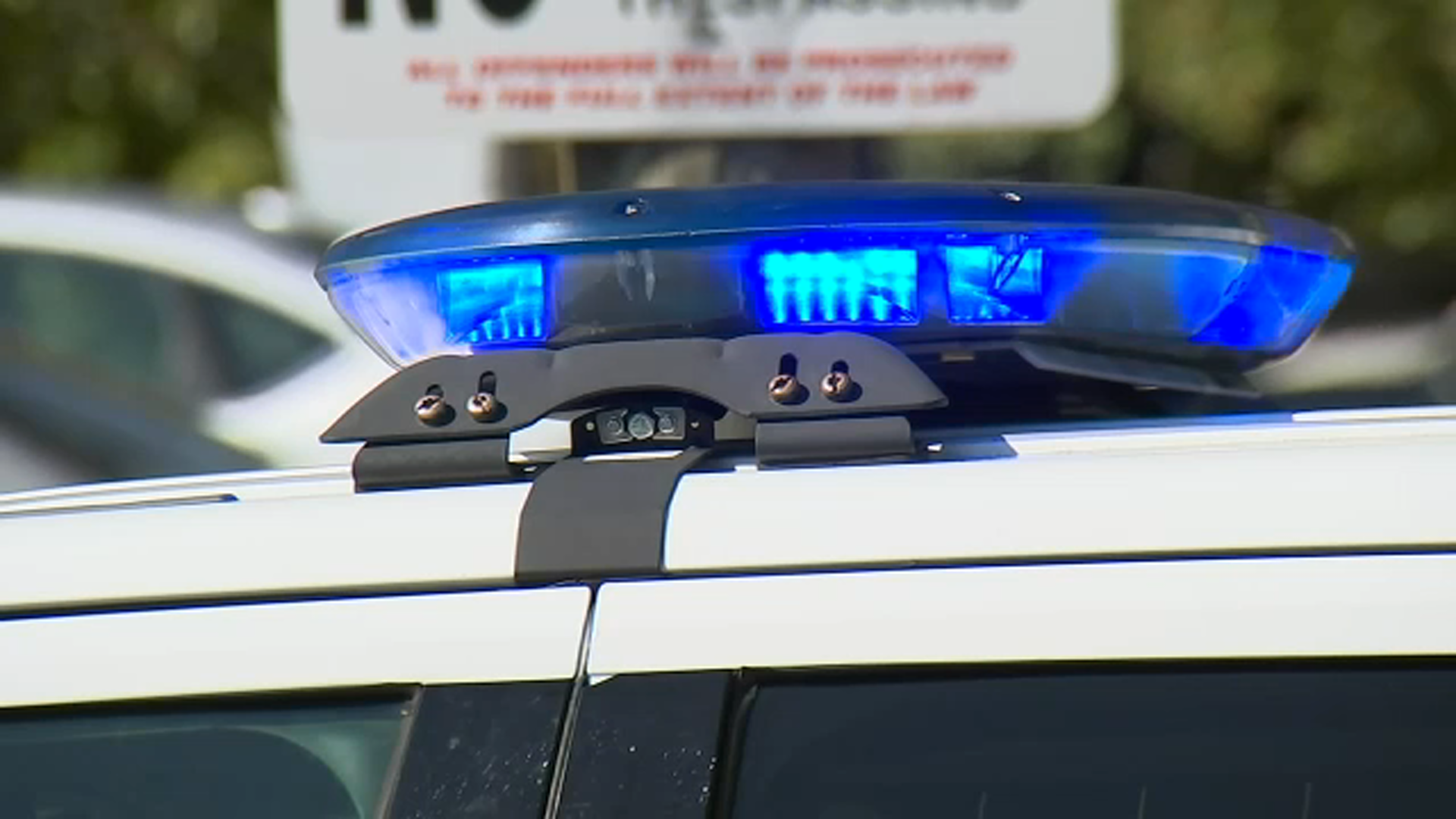'Action is faster than reaction:' I-Team gets exclusive access to police firearms training
RALEIGH, N.C. (WTVD) -- It's part of the training necessary to earn a weapon and badge, and it's the kind of training that could mean the difference between life or death.
In this ABC11 Exclusive, the I-Team is giving you an unprecedented look at how most cadets in North Carolina learn to use their firearms in law enforcement, including how and when - or when not - to use deadly force.
"We are accountable for every round that leaves our barrel," Robert Windsor, Range Manager at Wake Tech Community College's Public Safety Education Campus, told ABC11. "If that round hits somewhere it's not supposed to hit then that's bad. That's really, really bad. We have lives, we have families, we have a life and we don't want to destroy that."
North Carolina law mandates at least 600 hours of training for law enforcement recruits, which includes everything from patrol techniques, driving, riot control and self-defense, not to mention the myriad law's officers, whose mission is to enforce. At least 48 hours of that training is related specifically to firearms.
Windsor, a 34-year veteran of the Wake County Sheriff's Office, said the weapons training program can be summed up in two words: decision making.
"We want to condition the officer to respond in a certain way," he explained. "Use your experience, your knowledge, your knowledge of use of force laws in North Carolina, departmental policies and federal laws. We can look at issues that have already happened, try to recreate them in here and try to learn from them."

Though some agencies, like Raleigh Police, host their own training and police academies, officials maintain that all departments generally utilize the same technology and apply the same standards to their firearms training.
According to Wake Tech administrators, Morrisville Police, Garner Police, NC General Assembly Police and the NC State Highway Patrol are among the multitude of agencies that participate in some or all of Wake Tech's weapons training facilities and programs.
"That's TV, that's Hollywood. That doesn't happen in real life."
Wake Tech's Public Safety Education campus is a sprawling facility, but its gun ranges and simulation rooms are not easily found or identifiable. They're also not open to the public - and ABC11 is the first TV crew to experience all of it.
Weapons training highlights five key components: marksmanship, safety and handling, combat, mechanics and use of force laws.
"We don't shoot the gun out of the hand and we don't shoot (suspects) in the shoulder, we don't shoot them in the leg because that will do nothing," Windsor explained. "That takes so much. That's TV, that's Hollywood. That doesn't happen in real life."
The training is also hyperactive and intense, with three physical challenges. The first, live fire in a gun range with a series of turning posters showing people holding guns or holding something different, like a mug. One poster also shows an African-American female holding a weapon - but with a police badge around her neck.
In this exercise, the cadet must make quick decisions whether or not to shoot, and scores are also tallied based on the accuracy of their shots.
"Once we pull that trigger there's no redoes, no timeouts," Travis Baker, another lead firearms instructor, told ABC11. "We don't shoot to kill. We shoot to stop the threat."

A second exercise is in something called the FATS room, which stands for Firearms Training Simulator.
In this segment of the training, cadets encounter real scenarios and use video, lasers and Bluetooth technology to engage. Baker, who runs it all from behind a computer and projector, can choose from hundreds of scenarios - and handpick the outcome the officer will face.
"Hospitals, schools, residences," he lists. "Out in the country and stopping the car by yourself. It's just a variety of scenarios we can run officers through."
The third and final physical component to firearms training is in the Force on Force room, where Baker will stage more real-life scenarios, and officers will use real weapons but with paintball projectiles.
This is where cadets could also face return fire and hand to hand combat (everyone is wearing protective equipment).
"We want our training to mirror what's going on in society. We're constantly looking and evaluating when officers are engaged in deadly force situations."
As for how training can improve in the future, administrators at Wake Tech said they are considering new software that could enhance virtual reality training with three-dimensional and 360-degree video.







